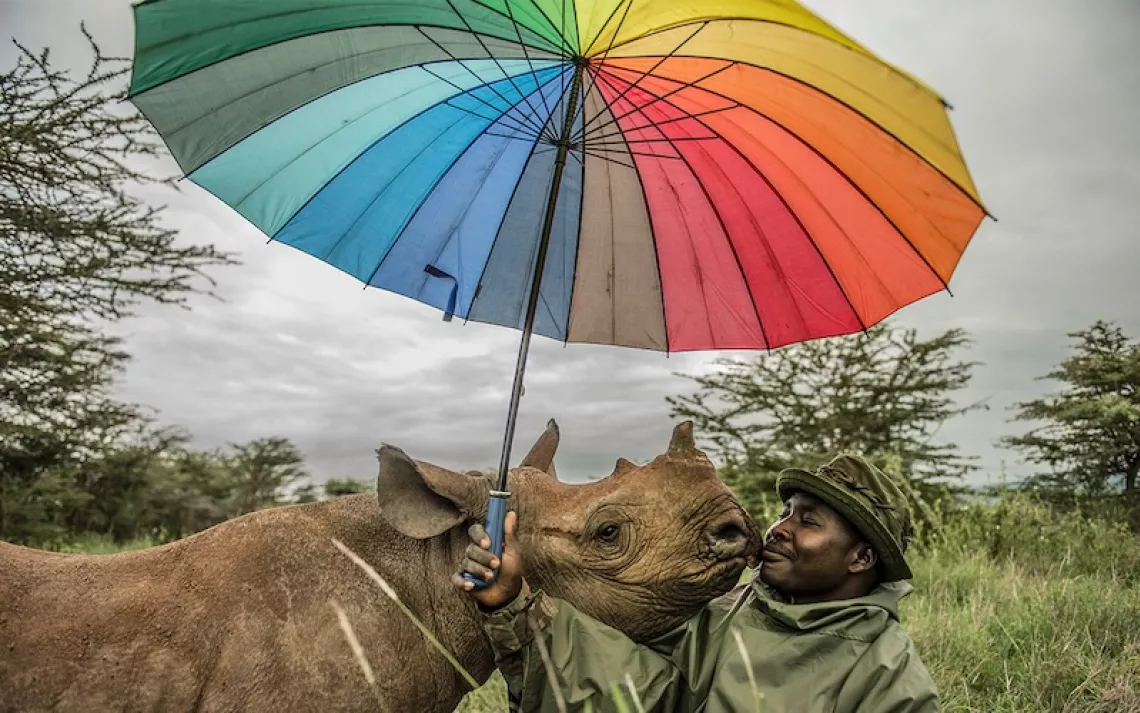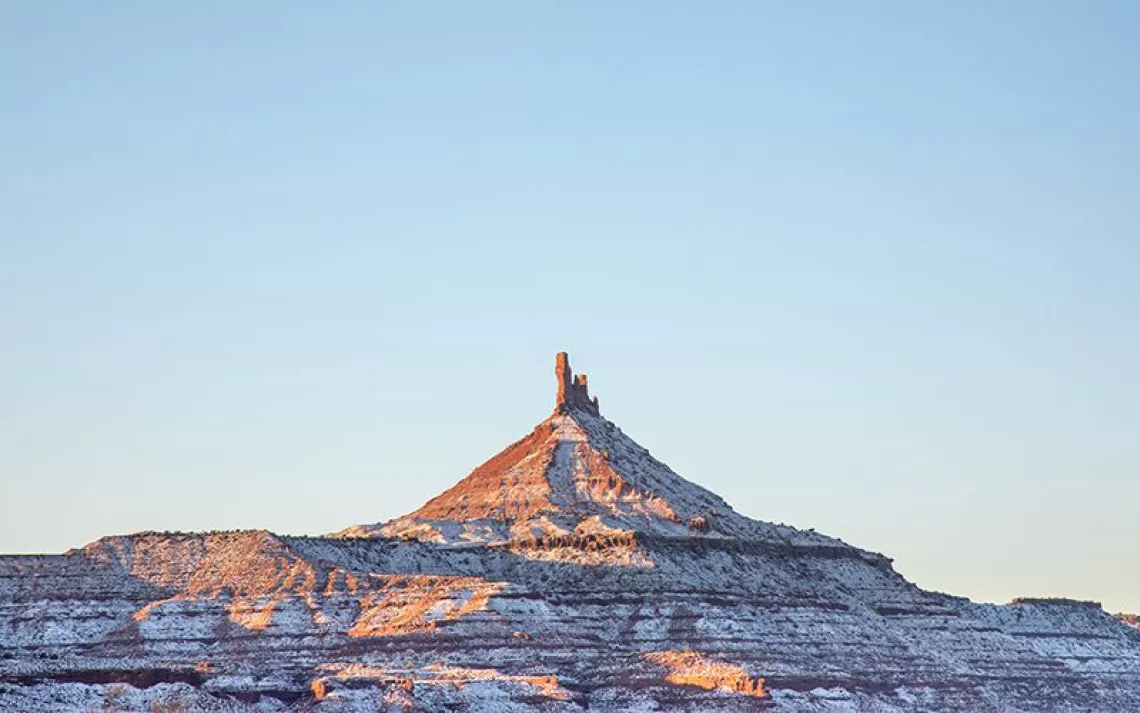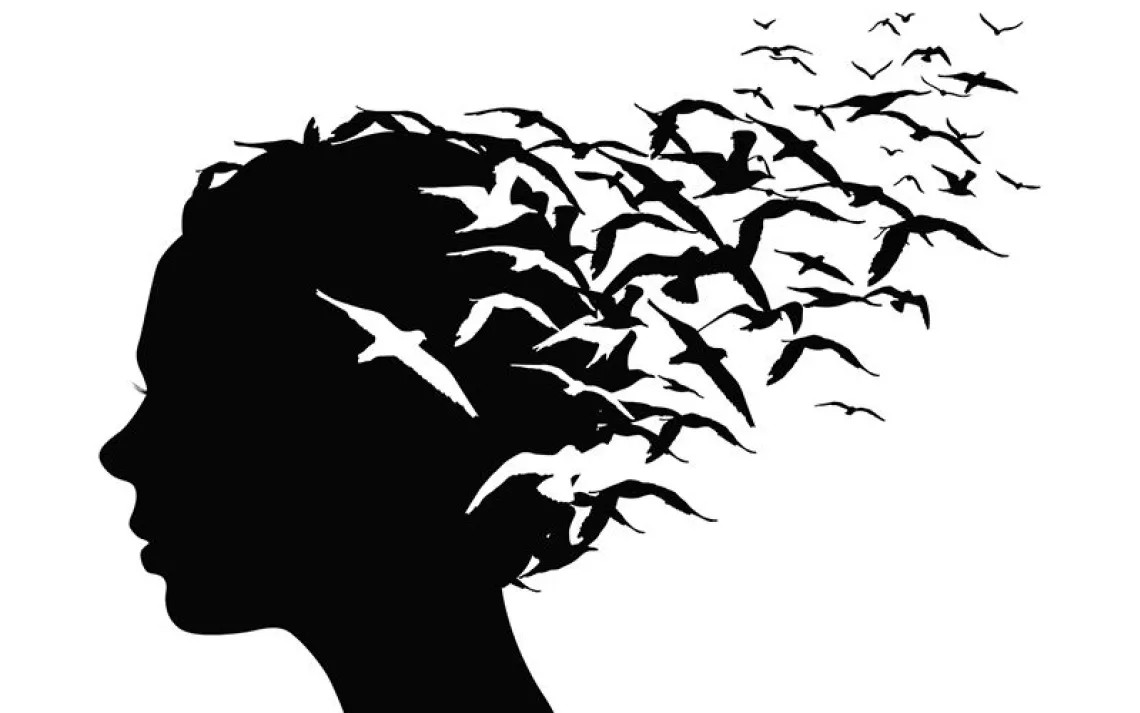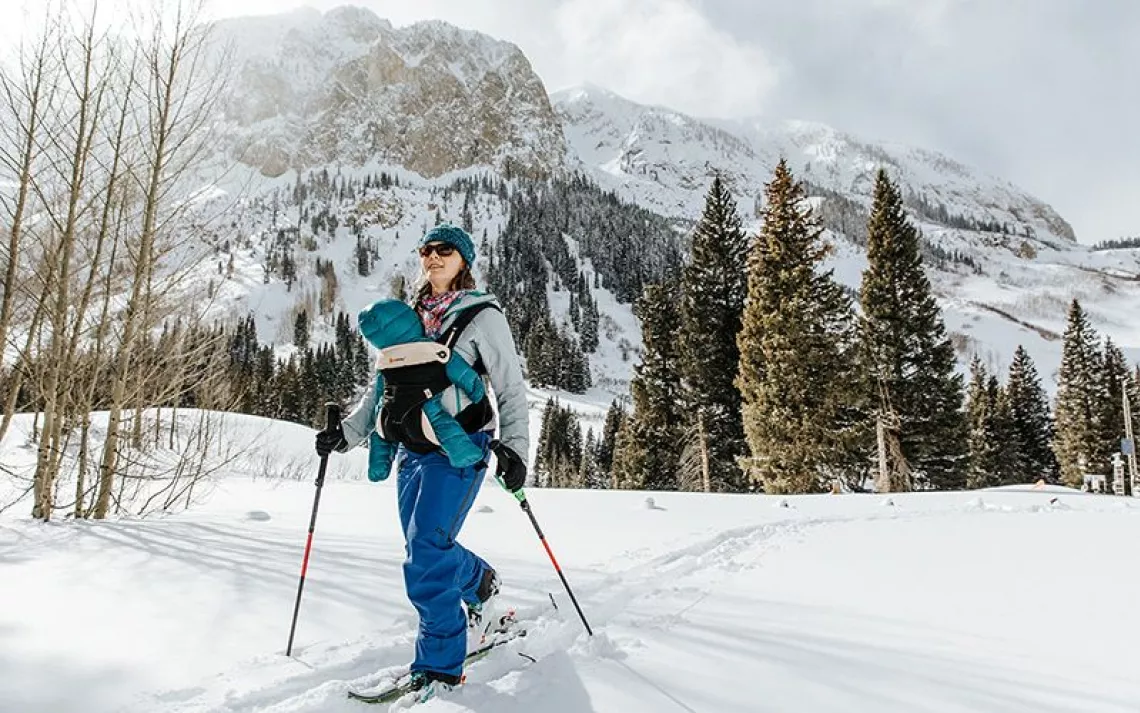When Women Lead
Female leaders bring care and comfort as well as fierceness and fire
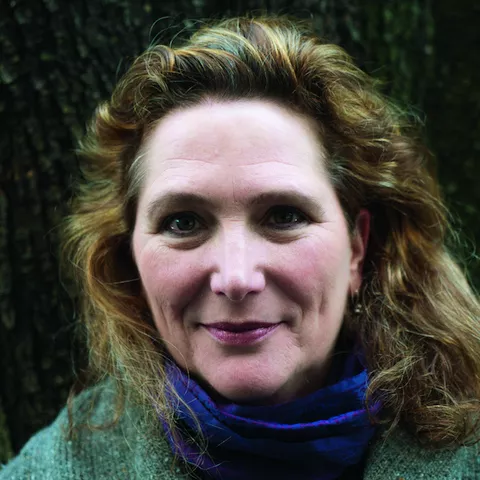
Photo by Michael Dubn
When I was elected president of the Sierra Club in 2017, I enjoyed an advantage not always available to women coming into positions of power: a line of women who had blazed a trail before me. Since the dawn of the 21st century, half of the Sierra Club's elected presidents have been women. The Sierra Club admitted women from its start, in 1892, and had a female president in the 1920s. Her name was Aurelia Harwood, and she was a courageous mountaineer who led outings into the Sierra Nevada for more than a dozen years; today, there's a peak named after her in the San Gabriel Mountains.

As a young woman, I was lucky to have incredible female role models. Fresh from college, I landed an internship with the Quaker UN Office as preparations were ramping up for the 1992 Earth Summit. I met women who were redefining the environmental and social justice movements—including Bella Abzug, who drew on her experience as a feminist lawyer and US representative to launch the Women's Environment and Development Organization, and Wangari Maathai, the Green Belt Movement leader and eventual Nobel Prize winner, who was empowering rural Kenyan women dealing with drought, food insecurity, and environmental devastation. They showed me what female leadership could look like.
It's hard to define precisely what makes women's leadership unique. After all, gender is a spectrum, not a binary, and we have to be careful about assigning essential characteristics to female leaders. Still, I think it's fair to say that most female leaders behave differently than male leaders. Women are frequently primary caregivers and tend to understand the importance of protecting and providing for others. Women also typically listen more and collaborate better. While it's important for us to grab the mic and march at the front of the protest, female leaders know—and have shown time and again—that we also need to amplify others' voices.
When Abzug and Maathai unapologetically demanded space from those who had historically monopolized power, they did so not just to grab power for themselves but also to share it with others. They carved out the room for other women to be powerful agents, to speak and act for themselves, their families, their communities, and our world.
Illustration by Hannah Li Today, we are seeing a new generation of female leaders take the stage and take over the bullhorn. Some have become rock stars—like Green New Deal architect Alexandria Ocasio-Cortez and Swedish climate striker and youth leader Greta Thunberg. Countless more female leaders are working at the grassroots, doing so much righteous work and getting too little attention. But we need more women throughout the halls of power, from community centers to corporate and nonprofit boardrooms to executive offices and legislatures around the world.
The Sierra Club recognizes that we must do more to empower women within our organization and beyond, particularly young women of color. In May, our board approved a Multiyear Equity Plan that provides a road map for how we will center equity, justice, and inclusion in our work and elevate more voices. We are also partnering with groups like the Women's Earth Alliance (on an accelerator program for female grassroots environmentalists) and GirlTrek (supporting African American women to be change-makers in their communities by encouraging others to get walking).
There's no way of knowing where the up-and-coming leaders will end up. But no matter what, I'm convinced that they will lead in a way that balances vision and authority with listening and nurturing, that brings as much care and comfort as fierceness and fire. As Abzug noted, "Women will change the nature of power rather than power changing the nature of women."
This article appeared in the November/December 2019 edition with the headline "Women's Rules."
Illustration by Hannah Li
 The Magazine of The Sierra Club
The Magazine of The Sierra Club
